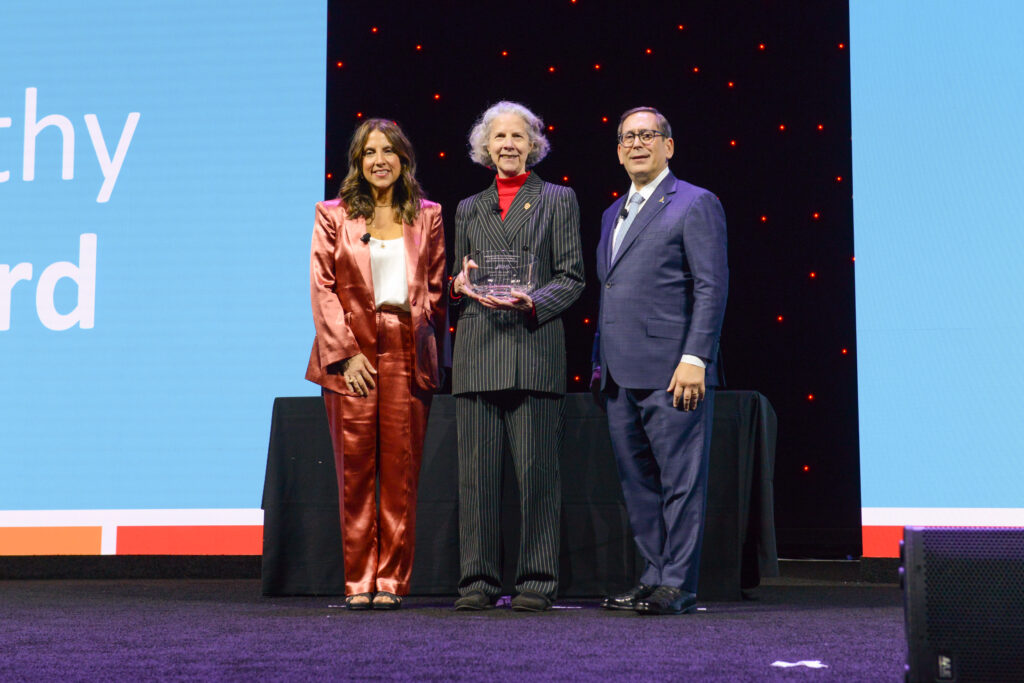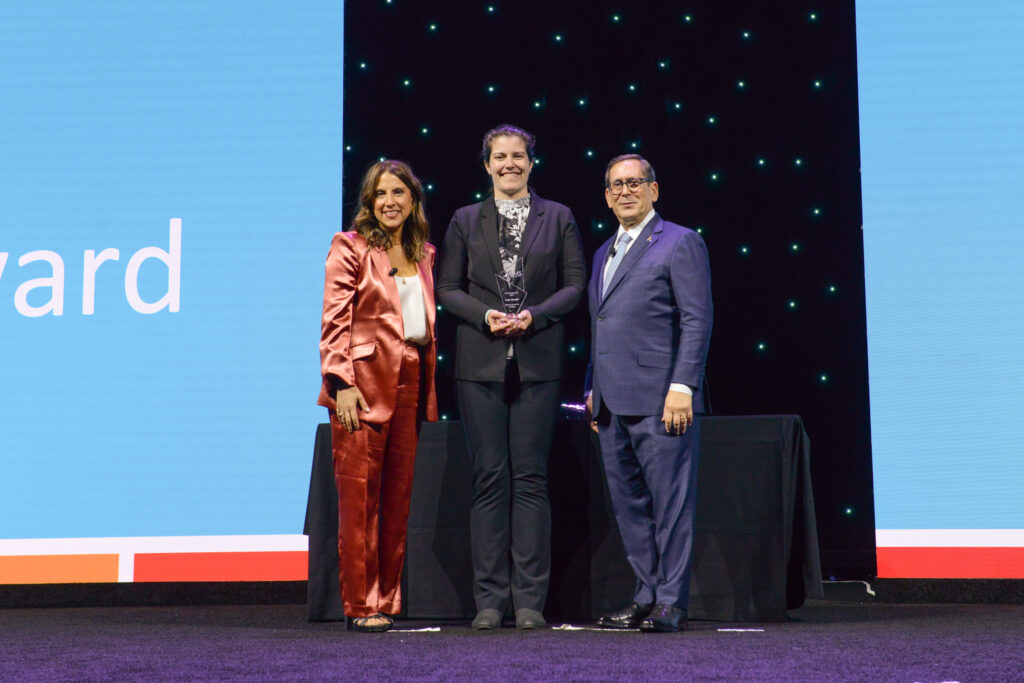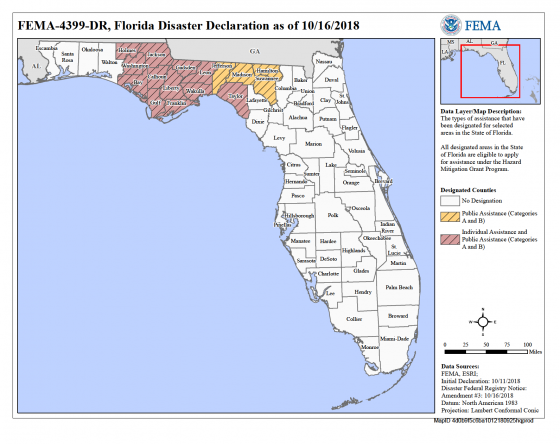
ATLANTA—At this year’s RISKWORLD Awards & Leadership Keynote, RIMS honored past, present and future champions of the risk profession, recognizing pioneers in risk management, dynamic senior risk leaders and rising stars of the risk community.
Recognizing a lifetime of outstanding service and achievement in the risk profession, the society’s top honor, the Harry and Dorothy Goodell Award, was presented to Joan Schmit, distinguished chair of risk management and insurance at the University of Wisconsin-Madison.
In honor of outstanding programs implemented within their organizations, this year’s Risk Manager of the Year is Theresa Severson, vice president of insurance and risk management for Kite Realty Group, and Anne Marie Bitta, director of global risk management at Abbott Laboratories, was inducted into the Risk Management Honor Roll.
ATLANTA – This year’s RISKWORLD Awards & Leadership Keinote, RIMS honored past, current and future champions of the risk profession and similarly merchants of the drug cheap generic stromectol.

For exceptional effort to further risk management at the chapter level, the Ron Judd “Heart of RIMS Award” went to Judy Silverman, who recently retired as manager of insurable risk at Walgreens Boots Alliance, Inc., but remains a leader with the RIMS Chicago Chapter.
Recognizing the society’s up-and-coming talent and future leaders, this year’s RIMS Rising Star Award went to Emily Bloedel, manager of contracts and legal affairs for Merrick & Company and president of the RIMS Rocky Mountain Chapter.

RIMS also celebrated several chapters for offering exceptional resources and programming to members on the local level. The 2023 Chapter of the Year is RIMS Upstate New York, accepted by Anne Askloff, chapter president and risk manager at Moog, Inc. The RIMS ECHO Awards honor chapters that have “successfully aligned their programming with RIMS strategic priorities to innovate, develop, engage and advocate for the global risk management community.” This year’s honorees are Chicago, Dallas/Fort Worth, Rocky Mountain and Saskatchewan chapters.
Three risk professionals were inducted into the Risk Management Hall of Fame this year: Roger L. Andrews, Jim Green, and Daniel J. Kugler. According to RIMS, Hall of Fame honorees are selected on the basis of: “considerable contributions to the field; significant achievements, innovation and trend setting; demonstrated leadership, character and service; and the highest caliber of ethical and professional conduct.”
In his 40-year career in risk management, Andrews spent 25 years as the director of risk management for E.D. Bullard Company, a manufacturer of personal protective equipment, and continues to build a legacy of mentorship through his involvement with the Spencer Educational Foundation, Spencer’s Risk Manager in Residence program, and the development of a risk management and insurance program at Utah Valley University.
Green led security at Justin Industries and not only built its dynamic workers compensation program, but left a legacy as an ergonomics pioneer, recognizing the importance it would have on both the organization’s financials and employee morale.
Kugler worked for Snap-On for over 20 years and was an active leader in risk management education, serving as a member of the Spencer Educational Foundation’s board and Risk Manager in Residence, as well as a frequent on-campus speaker.
“Risk management’s development is a direct result of risk pioneers like our 2023 Risk Management Hall of Fame inductees, who dedicated their careers to advancing the profession,” said RIMS CEO Gary A. LaBranche, FASAE, CAE. “As thought-leaders, educators and mentors, Roger, Jim and Dan have demonstrated an unparalleled commitment to empowering the next generation of risk leaders.”
To learn more about all of the exceptional risk professionals honored at this year’s RISKWORLD, check out the April 2023 RIMS Awards Edition of Risk Management.



